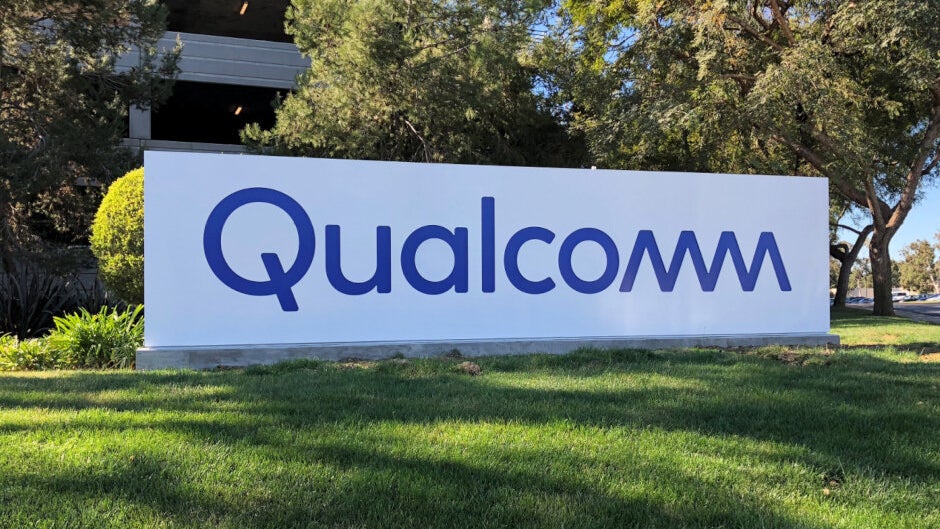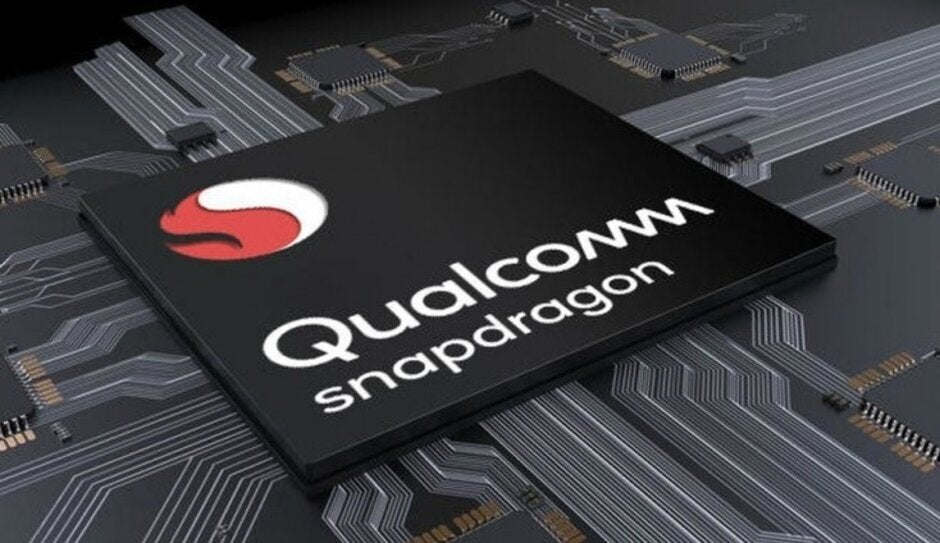Qualcomm's next flagship chipset to be unveiled early next month

With the Snapdragon Tech Summit taking place in Hawaii next month from December 3rd through December 5th, we expect Qualcomm's next flagship SoC to be introduced at that time. The Snapdragon 865 Mobile Platform will be manufactured by Samsung using its 7nm EUV process. The 7nm refers to the number of transistors that can fit inside the integrated circuit; the smaller the number, the higher the amount of transistors that are shoehorned in. More transistors equals better performance and more efficient energy consumption. EUV refers to the technology that is used to more precisely mark up a silicon die allowing more transistors to be placed inside an IC. In 2021, the Snapdragon 875 Mobile Platform will be manufactured by TSMC using the 5nm process.
You might recall that last month, Chinese luxury goods manufacturer 8848 became the first company to announce a phone that will use the Snapdragon 865 Mobile Platform, the Titanium M6 5G. Speaking of the next generation in wireless connectivity, Qualcomm will release two variants of the Snapdragon 865 chipset. One has the internal codename of 'Kona' and the other is known as 'Huracan.' One of the Snapdragon 865 versions will feature a Snapdragon X55 modem chip built-in. The latter supports mmWave and sub-6GHz 5G airwaves and we'd expect to see this version of the chip powering most (if not all) U.S. Android flagships in 2020.
During Q3, 250 devices on the market or under development employed a Qualcomm 5G modem chip
The Snapdragon 865 Mobile Platform is expected to employ custom cores based on ARM's top-of-the-line Cortex-A77 CPU core. The chip will reportedly include a new Adreno GPU and feature support for LPDDR5 memory chips (RAM). As noted by WCCFtech, a benchmark test using what apparently was a reference device on Geekbench returned a single-core score of 4250 and a multi-core score of 13300. This is lower than the 5472 and 13769 scored by Apple's A13 Bionic, the chipset that powers the 2019 iPhone models.
"We have seen weaker demand in China combined with Huawei gaining share in China. With the exception of Huawei, every other launch from other OEMs is based on Qualcomm Snapdragon platforms, and that has positioned us very well for partnering with OEMs on 5G, including Samsung."-Christiano Amon, president, Qualcomm.
Speaking about Qualcomm and 5G, according to ElectronicDesign, the chipmaker now expects 175 million to 225 million 5G phones to be shipped in 2020. 5G speeds are ten times faster than 4G LTE and HD movies that now download on your phone in minutes will load in seconds. But more importantly, 5G will lead to the creation of new businesses and industries and could give the global economy a shot in the arm. Last week, T-Mobile announced that it will launch the first nationwide 5G network in the states on December 6th, months earlier than expectations.

Qualcomm will sell a version of the Snapdragon 865 Mobile Platform with an embedded 5G modem chip
Qualcomm has an important role to play in the 5G story. The company announced last week that during the third quarter (July-September) more than 230 enabled devices using its 5G modem chips were on the market or in development. That is up from 150 devices using the company's 5G modem chips during the second quarter. Each phone equipped with a Snapdragon 5G modem is expected to hike Qualcomm's bottom line because of the higher price that the company is charging for them. And just about every manufacturer using Qualcomm's 5G modems is also buying the firm's radio frequency integrated circuits (RFIC); the San Diego based outfit is selling these chips as a single antenna-to-modem solution covering low band, mid-band, and mmWave 5G networks.
Steve Mollenkopf, Qualcomm's CEO, said this past week that "We're pleased with the progress we've made over the course of 2019 and believe the business is very well positioned for sustained long term growth." 2019 has been a roller coaster year for Qualcomm as it reached a huge settlement with Apple back in April that brought in a reported $4.5 billion. In exchange, Apple received a patent license for six years (with a two-year option) and a multi-year chip supply agreement. But the next month, Judge Lucy Koh ruled against the chipmaker in a lawsuit that could still force Qualcomm to change the way it does business. But there was some good news the very next month when an appeals court granted Qualcomm a stay; this allows it to continue its current business practices until the company has exhausted all legal remedies.
Follow us on Google News












Things that are NOT allowed:
To help keep our community safe and free from spam, we apply temporary limits to newly created accounts: